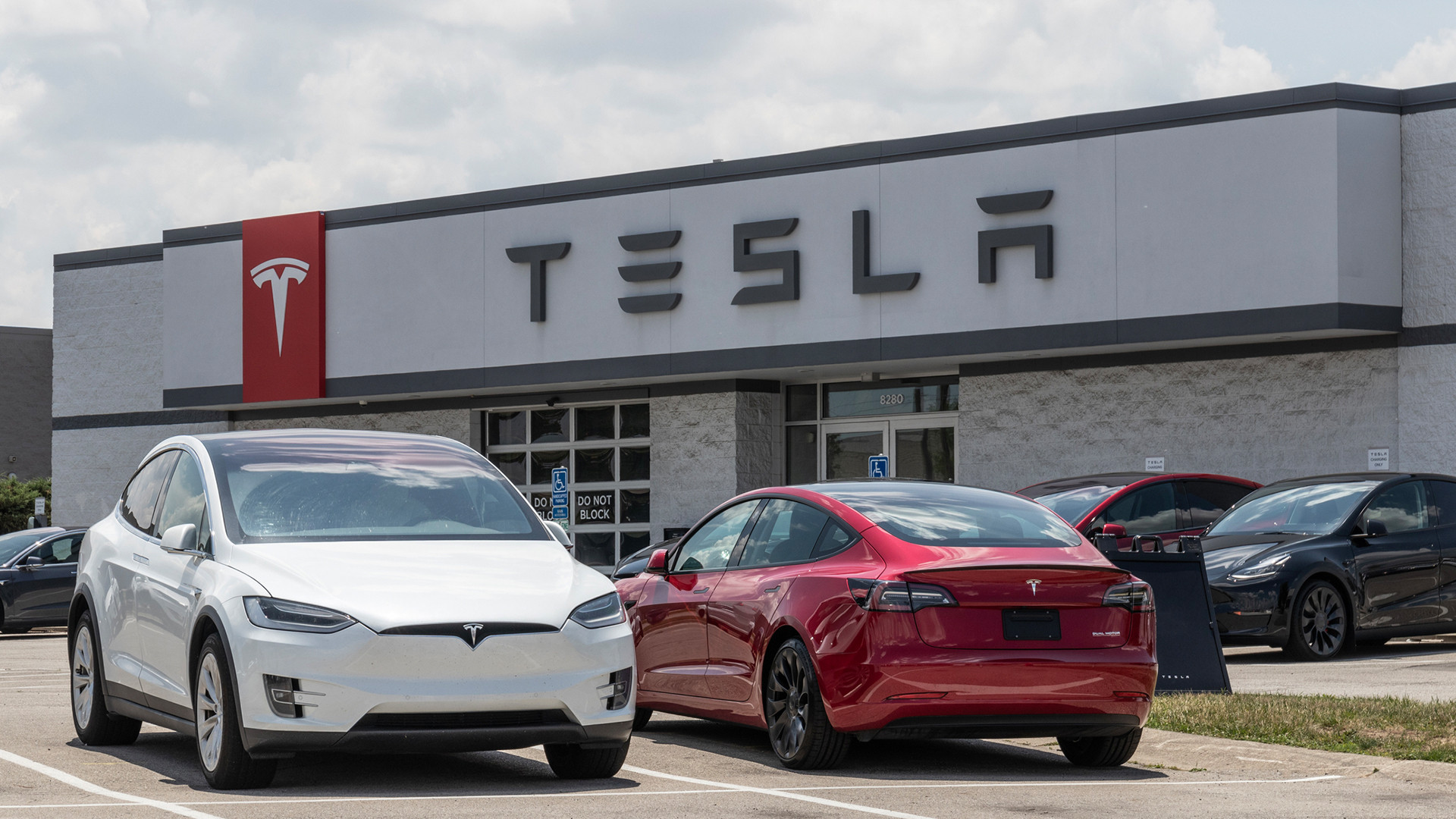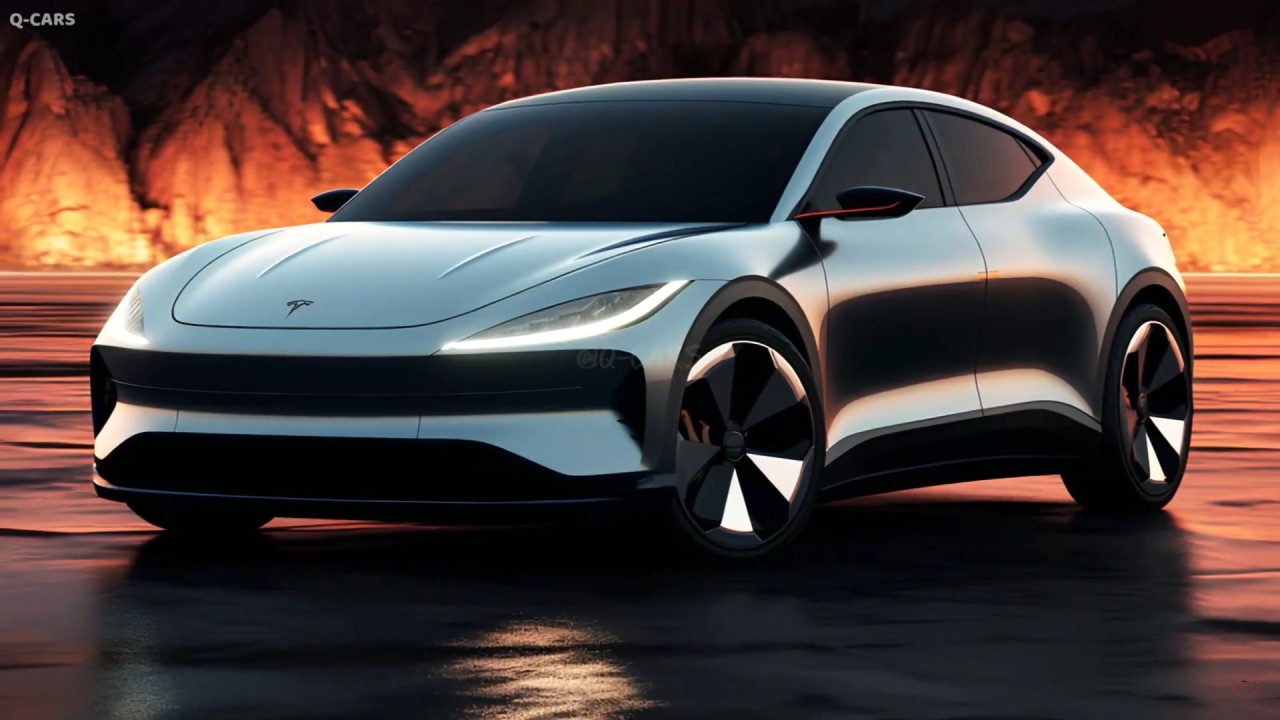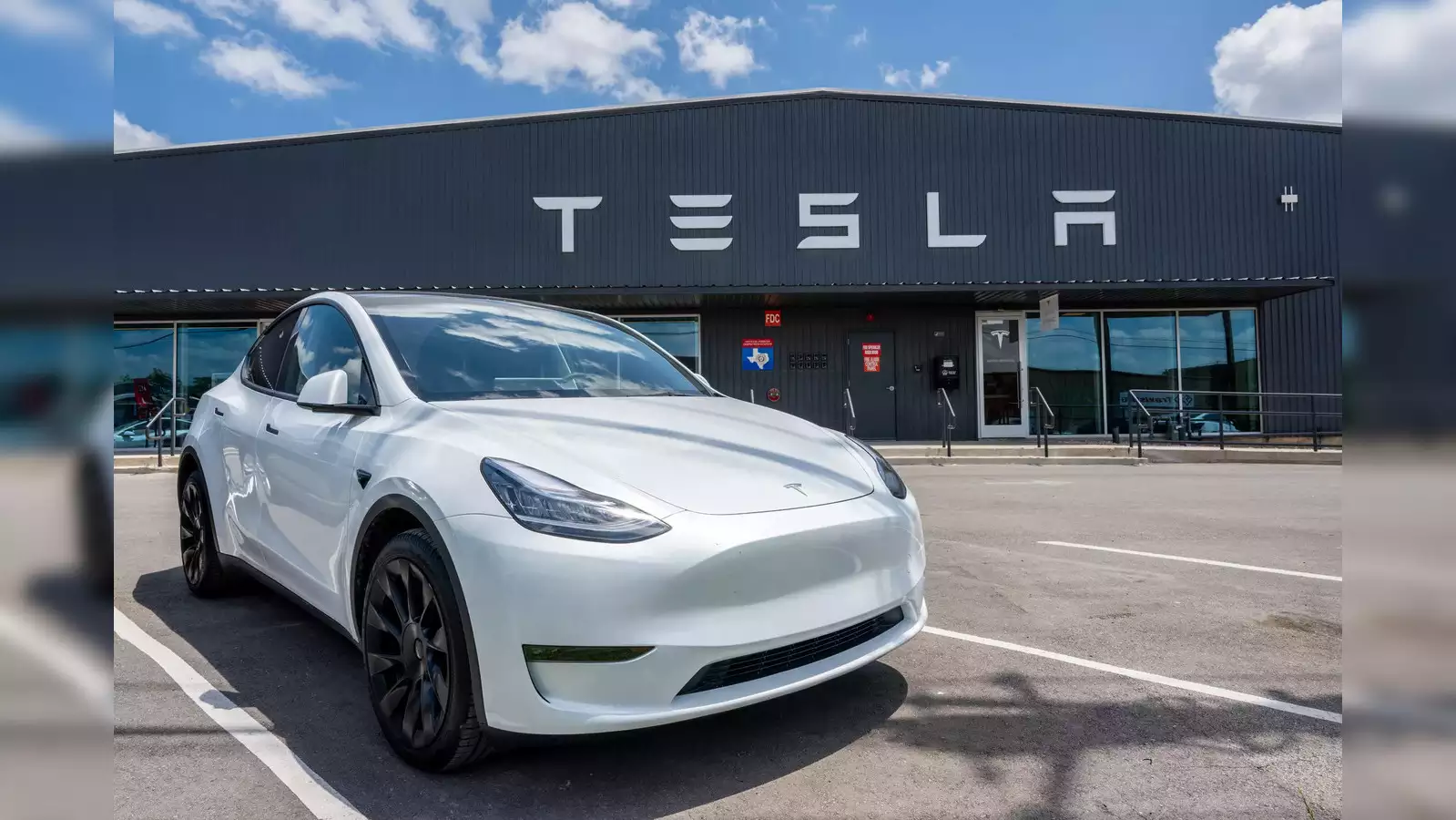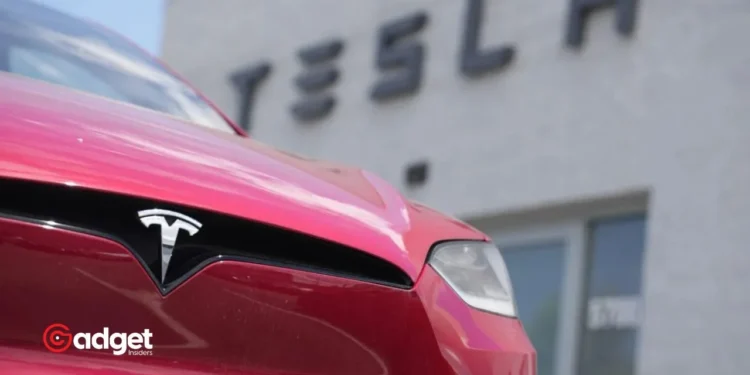Tesla, the company synonymous with innovation in the electric vehicle market, is making headlines again. Not for unveiling a groundbreaking new model, but for adopting a strategy remarkably similar to that of its Detroit counterparts.
Elon Musk’s recent pivot to use existing product lines for developing more affordable vehicles is a move that has both intrigued and reassured investors and industry watchers alike.

Aligning with Traditional Auto Giants
Historically, Tesla has been the torchbearer for cutting-edge automotive technology, often leading with models that break the mold. However, the recent announcement reflects a notable change in direction.
Rather than introducing an entirely new and long-anticipated affordable model dubbed the “Model 2,” The EV company plans to tweak its current models to create cost-effective versions. This approach mirrors the strategies of established players like Ford and General Motors, which frequently update existing lines to cater to a broad market.

This strategy adjustment followed a revealing report by Reuters indicating that the company had shelved its plans for the $25,000 Model 2, which was expected to launch in late 2025.
Instead, Tesla will now repurpose its existing platforms and production technology to produce vehicles that are more financially accessible by early next year.
Market Reaction and Analyst Insights
The shift in strategy led to a significant rise in Tesla’s stock prices and was met with applause from the financial community. Some analysts predict that the company might introduce basic versions of the Model 3 and Model Y, which currently start at approximately $39,000 and $43,000, respectively.
“It is a traditional automaker strategy,” noted Sandeep Rao, a senior researcher at Leverage Shares. He compared it to buying different versions of a Volkswagen Golf, ranging from a basic to a more expensive GT model.
Despite the enthusiasm, some analysts remain cautious. Bernstein analyst Toni Sacconaghi highlighted potential challenges in significantly reducing costs, suggesting that Tesla might launch stripped-down versions of existing models as a more feasible step.
“We see it as more likely that The brand will attempt to launch stripped-down versions of the Model 3 and Y as lower-cost models, however, we are unclear on how much cost Tesla can realistically take out,” Sacconaghi explained.
Tesla Pioneers Affordable EV Revolution with New Battery Strategy and Model Y Discounts in China 🔋
Tesla is making waves in the electric vehicle (EV) industry with two significant developments aimed at enhancing affordability and accessibility for consumers. Firstly, the… pic.twitter.com/mEvcV3AREj
— Tesla Pablo 🔋 (@pablo9948967714) February 1, 2024
Challenges and Strategic Implications
Elon Musk’s ambitious timelines have historically been met with skepticism, given past delays such as the Cybertruck’s production, which lagged years behind its initial schedule.
This has led to concerns about Tesla’s ability to meet its projected goals without compromising on quality or timing. James Womack, a former MIT research director, suggested that the company might benefit from adopting more traditional manufacturing timelines to mitigate “execution risk.”
The broader strategic shift may also be a defensive move against increasing competition, especially from Chinese automakers. K. Venkatesh Prasad, a former Ford engineer and now a chief innovation officer, emphasized the necessity of speed in innovation.
“There is an urgency. If you didn’t have speed, then you lose the game,” he stated, indicating that Tesla’s pivot could be crucial for maintaining its competitive edge.

Looking Ahead: Tesla as an Automaker First
The change in Tesla’s strategy marks a significant shift in how the market perceives the company. From being viewed primarily as a tech innovator, the company is increasingly being recognized as a traditional automaker.
This repositioning is critical as it aligns Tesla’s image more closely with its operational realities and market expectations. “Now you’re talking about an automaker and that’s it,” remarked Don Nesbitt, senior portfolio manager at ZCM.
As the EV brand adapts its strategies to meet broader consumer needs and address competitive pressures, the industry watches closely.
The move towards more affordable electric vehicles may not be as revolutionary as some of Tesla’s earlier ventures, but it is no less important for the company’s ambition to dominate the global auto market.










